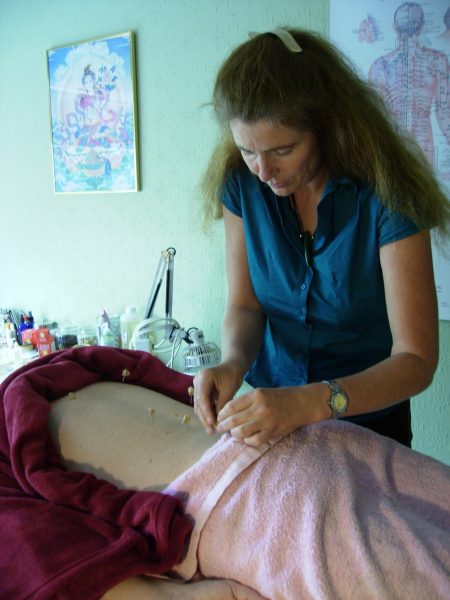Medical acupuncture seems to be the unnoticed sibling of modern medicine. Despite modern misconceptions that view traditional Chinese medicine (TCM) as slower than modern medicine in treating illnesses, ancient Chinese medical texts are filled with instances where diseases were cured swiftly. Many complex and stubborn illnesses, unresponsive to medications, were healed instantly through acupuncture.
Modern acupuncture, a practice deeply rooted in traditional Chinese medicine, has been widely recognized for its therapeutic benefits and is now part of the UNESCO Intangible Cultural Heritage of Humanity.
It is employed globally to treat various conditions, from chronic pain to hormonal imbalances, focusing on stimulating the body’s self-regulating functions to restore balance and promote health.
The inclusion in the UNESCO list highlights its cultural significance and the importance of preserving its teachings through traditional master-disciple instruction and formal academic education.
Historical anecdotes of medical acupuncture
The saying “a needle reveals blood” originates from the legendary healer Guo Yu in the History of the Later Han, who cured diseases with just one needle. Following Guo Yu, many skilled doctors and practitioners in subsequent dynasties continued to wield this remarkable skill. They could locate meridians and acupoints without instruments — a feat unparalleled by modern medicine.
Acupuncture healing in the Song Dynasty
In the Song Dynasty, numerous gifted individuals among commoners used acupuncture to treat diseases. One such person was Fan Jiusi, whose origins are unknown, but his acupuncture could cure chronic diseases. For instance, as the telling goes, he treated a patient with moths in his throat by hiding a needle in a pen, pretending to apply the medicine with the pen while swiftly inserting the needle into the acupoint, resulting in a cure.

The Literati and the insect-repelling acupuncture
According to the Jiaxing Prefecture Records, a literati named Li Mingfu from Zhejiang’s Dongyang County excelled in acupuncture during the Southern Song Dynasty. When a county magistrate from Yiwu suffered from an incurable heartache, Li Mingfu declared it was due to insects under his lungs. He cured him with an unexpected water spray and a quick needle insertion, expelling the insects.
The Taoist of Longzhou and ghost spelling needles
According to the “Xi Zhai Hua Ji” records, a Taoist from Shaanxi’s Longzhou named Zeng Ruoxu, known for his divine acupuncture skills, revived a widow who appeared dead, but maintained warmth in her chest. With his needles, the woman woke, recounting a dream where she followed her deceased husband until a sharp interruption — a metaphor for the Taoist’s intervention.
Zhang Ji’s insightful acupuncture
Stories of What Was Heard recounts Zhang Ji from the Northern Song Dynasty in Anhui’s Wuwei Army, who received a secret technique to see through the human body and masterfully use needles. His acupuncture corrected a pregnant woman’s belly skew, cured chronic prolapse, and allowed a dyspeptic patient suffering from indigestion and a bad temper to eat again — his skills even overcame a famine-induced epidemic.
Fire needles for lung abscesses
Yi Jian Zhi, a record from the Song Dynasty, tells of an imperial guard named Sheng Gao who suffered from a severe illness. When many doctors failed, Liu Jingluo, a renowned surgeon, proposed fire needles. Despite initial hesitance, the desperate guard agreed, and Liu’s treatment, requiring no cauterization, resulted in a full recovery.

In conclusion
As for modern use cases, acupuncture is commonly used to alleviate conditions such as anxiety, depression, chronic pain, migraines, and fertility issues. This traditional practice has been scientifically evaluated, and many studies have supported its efficacy for these conditions, making it a complementary or alternative treatment within current medical practices.
Acupuncture’s holistic approach to health, viewing the body as a network of interconnected channels, aligns with contemporary integrative medicine principles, bridging historical wisdom and modern health care.
The Song Dynasty’s medical texts and personal anecdotes showcase acupuncture’s extraordinary efficacy, with unparalleled techniques and successes, demonstrating the depth and potency of this ancient healing art.








